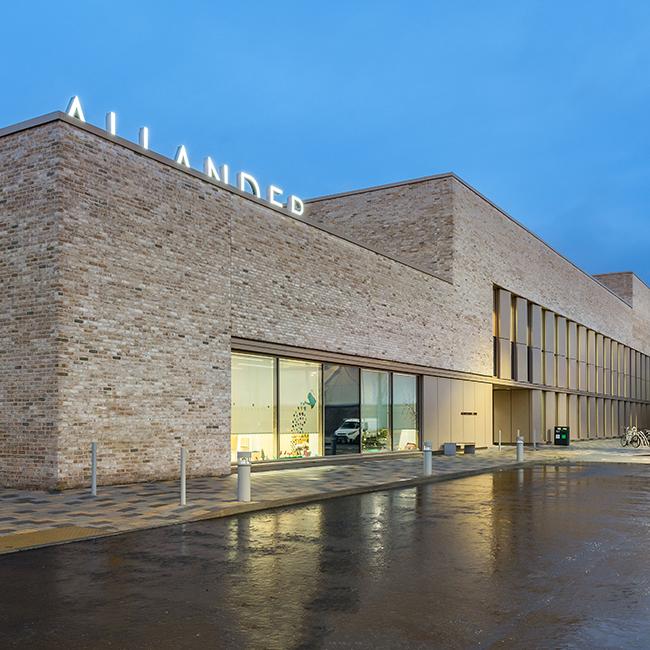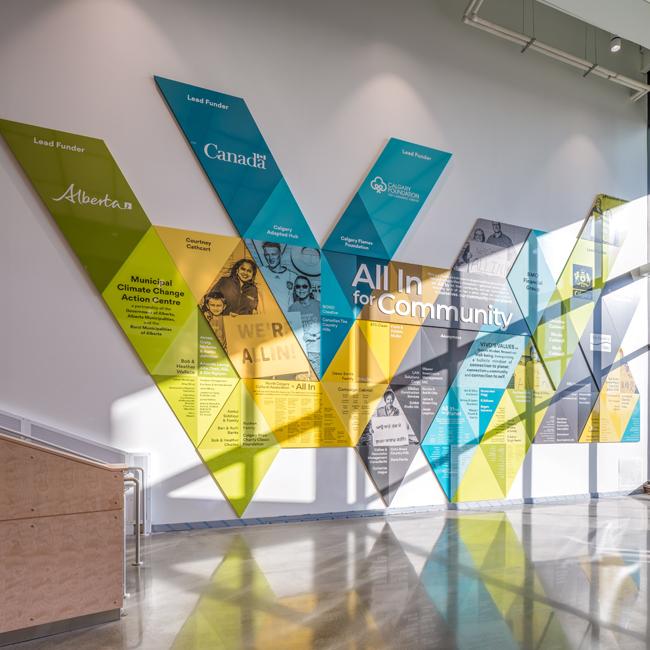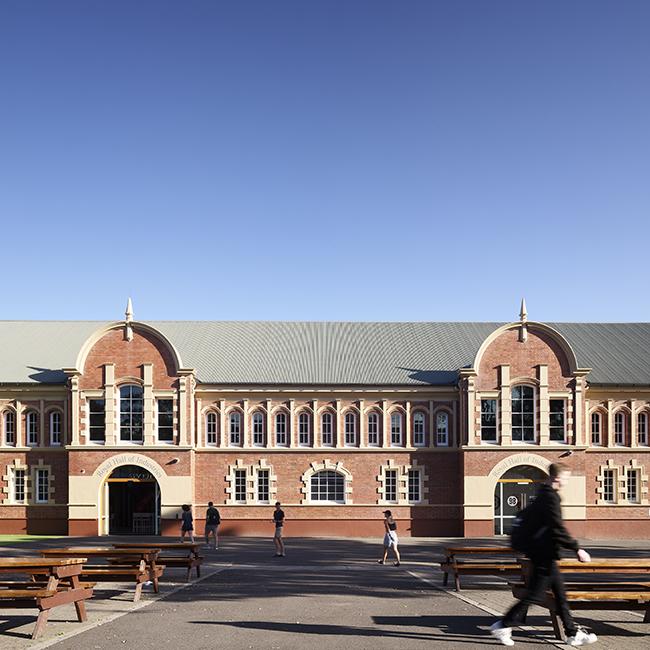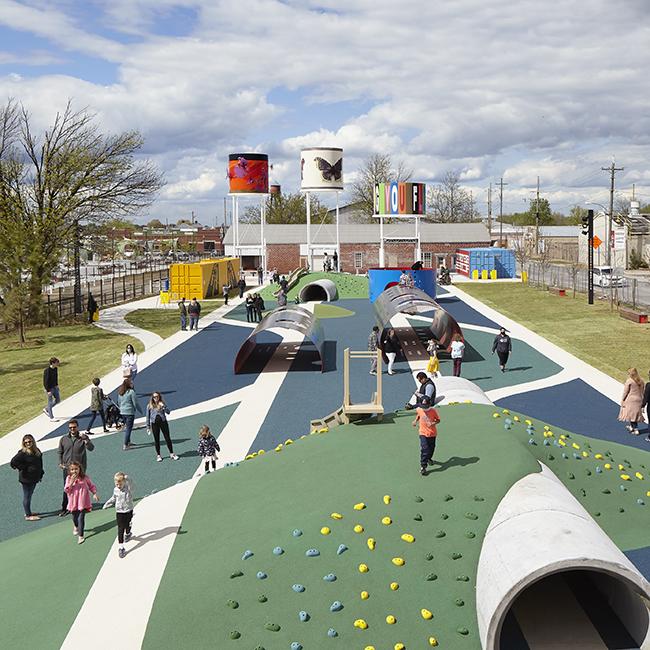Targeted questions to initiate the necessary steps
Is it possible to refurbish and extend a thermal spa in the middle of a resort zone during ongoing operation? “With the aid of a master plan, definitely,” says Christopher Höfler, one of the two managers of Sacker Architekten GmbH.
Mr Höfler, what importance do you attach to master planning?
At the master plan stage, we thoroughly consider in advance what should and will happen in the coming years – we consider not only the next stage of construction, but also future steps. A roadmap we developed ourselves helps us to take everything into account and to streamline the process as far as possible.
Sacker Architekten produces master plans for industrial building projects. How do master plans in the pool sector differ?
Basically, the procedure is the same. However, the questions that arise are different. A market analysis, considerations about the catchment area and the wishes of customers – all this should always be there. In the case of pools, the question is also: What direction should the pool take in the future? Should it stay a competition pool or become a family pool? All these are questions that are asked at the beginning of a master plan in a pool project.

Christopher Höfler (right), General management at Sacker Architekten
Do you like this article? Enjoy more. Order your personal copy. Why not subscribe to the sb magazine?

Photo: Roland Halbe - Indoor and outdoor pool in Bretten, Germany
How do clients assess such fundamental questions?
If a client explicitly asks us for a master plan, he is aware in advance that it will be about very basic things. Sometimes, however, we are also asked to implement an extension at a certain point. Then, of course, these basic questions come as a bit of a surprise. Not all pool operators are aware that such issues can arise during master planning. It does take some time to find the answers.
Master planning means thinking in terms of alternatives. How many are necessary to achieve a good result?
That depends very much on the job. There are always different ways to achieve your goal. As I see it, it is important that every sensible alternative is thought through, discussed and evaluated, as this makes decision-making much easier. The further the process progresses, the more alternatives drop out of the race – and at some point we have found the ones that have the greatest potential.
Does such a procedure also get the client thinking?
In fact, it is often the case that clients have not given as much thought to the question of how to proceed in the long term. In addition, they inevitably think in terms of their own structures. Our task then is to find unconventional solutions by thinking outside the box. We come from outside and are unaware of many things. As a result, we call much more into question – sometimes even the last extension.
Is master planning in the pool sector particularly challenging?
The physical constraints are much more fixed than in industrial projects, for example. You decide where the combination pool or the children’s paddling area will be. For example, the organisation of the pool is literally chiselled into the bodyshell, so subsequent reconfiguration is difficult. The trend as to how the pool will develop in the coming years also needs to be clarified, as do the changing needs of pool users. After all, the pools in need of refurbishment are generally between 30 and 40 years old. When it comes to extensions, it is often the case that additional attractions are envisaged to make the pool competitive again.
What issues do you keep a close eye on?
When we prepare the master plan for an indoor or outdoor pool, we always have to consider whether this might result in a combination pool. In addition: Are there several locations that have to be or can be merged? Will three indoor pools become one, but a really big one? Does the existing pool fabric still meet the physical requirements? If not, the consequence is almost always stripping down to the shell. After all, pool construction is one of the biggest architectural challenges from the structural point of view. Who otherwise would voluntarily import so much water into the interior of a building?
What criteria do you base these decisions on?
This depends on the specific situation. For example, it can be a matter of the catchment area, accessibility by public transport, the structural condition of the various pools and much more besides. We have to approach every project openly and fundamentally. As far as pools are concerned, however, the question always arises as to whether ongoing operation can be maintained during work on refurbishment or extension. That is a very big challenge.
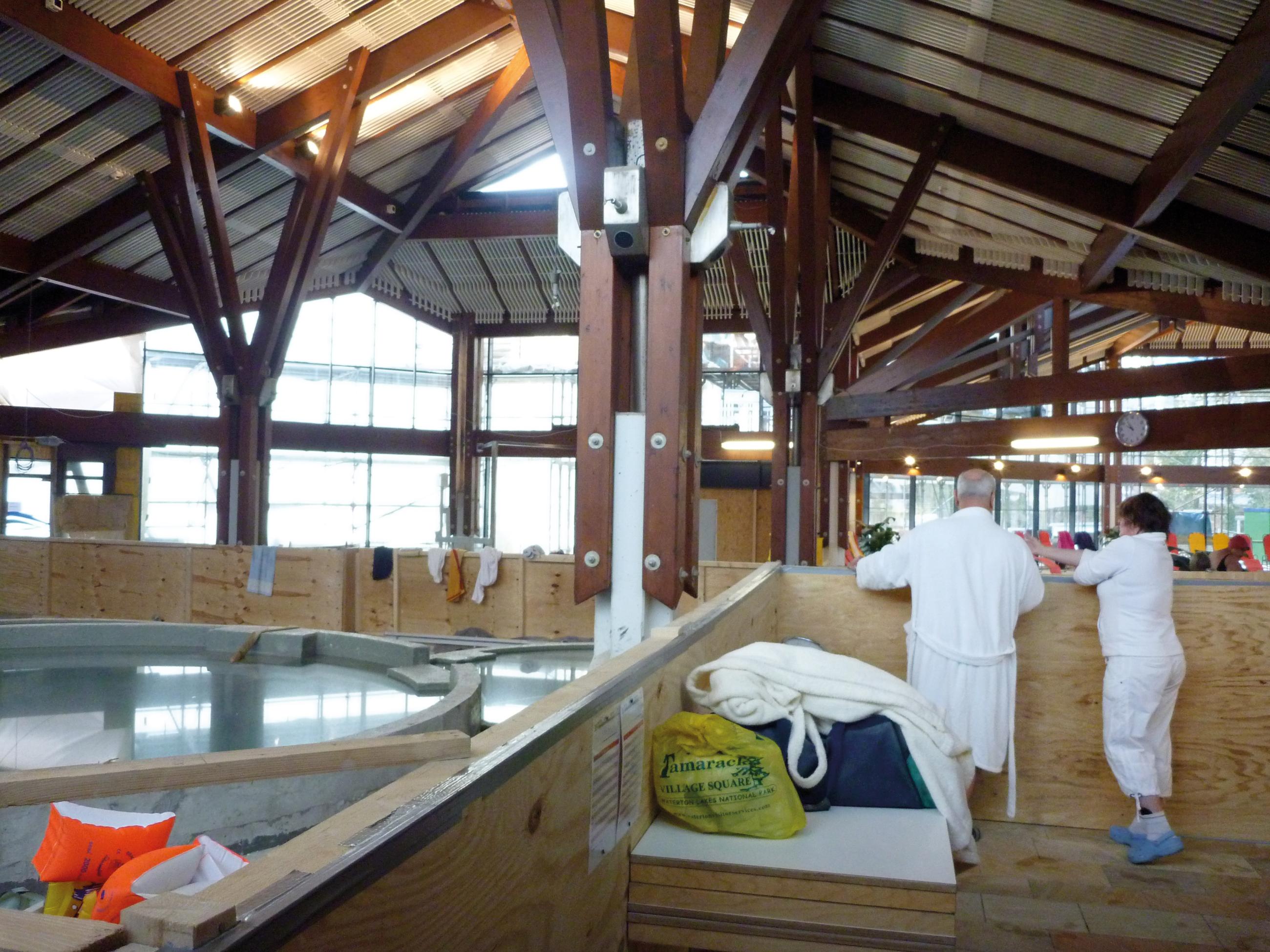
Photo: Indoor and outdoor pool in Bretten, Germany
Have you ever managed that?
Yes, the Keidel Thermal Mineral Spa in Freiburg was such a case, and was also quite complex. In 2000, we drew up a master plan and investigated how the attractiveness of the spa could be further developed and the spa structurally extended. This master plan was then largely implemented by 2011 in several stages during ongoing operation – first the renovation of the foyer and sauna bistro along with the construction of the new sauna by the natural bathing lake; then the changing area and the outdoor area with the building of a new outdoor wellness pool; later the restaurant; and finally the bathing halls as well as the refurbishment and extension of the sauna and therapy area. As the changing rooms are indoors, the logistics for the second construction phase had to be handled entirely via the ceiling. That was exciting.

Photo: Thomas Dix - Keidel Thermal Mineral spa in Freiburg, Germany
What was changed specifically?
For example, the two existing, separate outdoor pools were connected with a new feel-good pool between them. Swimmers no longer have to walk outside in wind and weather to get to the pool, but can swim to all three outdoor pools. The two hot water pools have an open water connection to the surrounding pool – a technical innovation that has proven effective.
Does this type of planning cut costs?
In many cases, yes, especially in the long term. For example, one can circumvent dismantling by thinking everything through right from the start. Personnel costs, especially in pool construction, can also be saved by taking sensible steps. Synergies have a role to play in many respects. And for me it is also a question of sustainability that everything is planned to last as long as possible so that we can handle the embodied energy used in a responsible way. We also drew up a master plan for the indoor and outdoor pool in Bretten before construction began. The indoor and outdoor pools are located on the same site, but there used to be no direct connection. We then thought about how we could make a combined swimming pool out of them – and thus only need one set of infrastructure and reduce staffing. In the first project phase, we then refurbished the outdoor pool and established the link to the indoor pool. In the second construction phase, we extended the pool and in the third the indoor pool was overhauled.
What for you is the appeal of master planning?
At this point, I like to quote Detlef Sacker, who always asks the question: “How does it ACTUALLY have to be?” You can’t shy away from this ACTUALLY in master planning. On the contrary, that’s what it is. Master planning basically proceeds like normal planning from big to small – only you start to fly much higher. It is well known that the impact of decisions on a project decreases with increasing detail in the planning. And that’s exactly what makes it so attractive. You think about fundamental and strategic things such as the location and the usage strategy. And so the impact of the decision is accordingly high.
